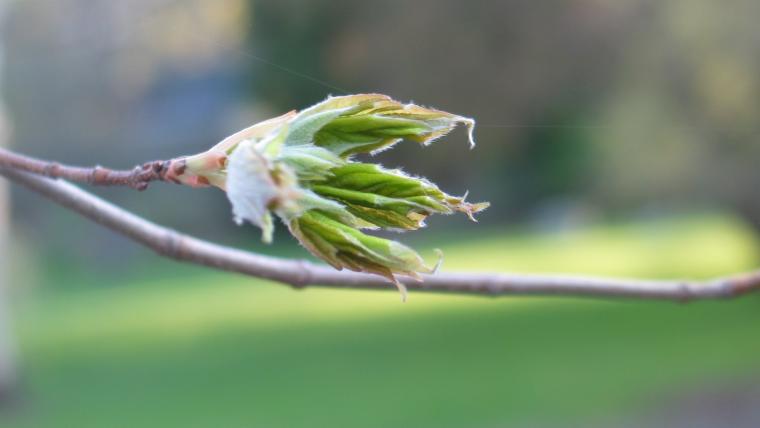
In a nutshell
Shifts in phenology are one of the clearest fingerprints of climate change. However, plants exhibiting changes in their phenology – say, leafing out earlier in the spring than they had in the past – don’t always show the same types of changes across their ranges. Sometimes individual trees in northern reaches of a species’ range advance their leaf-out to a greater extent – by more days – than individuals in the southern part of the range exposed to the same increase in temperature.
Accounting for the fact that species respond differently to the same amount of warmth in different parts of their range presents a challenge for predicting phenological events like leaf-out. The authors of this study developed a novel approach for incorporating this phenomenon into phenology models. They then incorporated this approach into models of budbreak for 14 widely distributed tree species. These models performed much better than the models without the thermal forcing information.
What is special about this study?
This type of analysis requires observed phenology data across the entire range of a species, which is difficult for most research studies to obtain. This study was only possible due to the large amount of data collected by Nature’s Notebook observers across a broad area.
What does this mean for YOU?
To understand how local plant populations are responding to climate change, researchers need to account for local adaptation. Incorporating this information will lead to more accurate, geographically-relevant forecasts for management of these species.
Citation: Liang, L and Wu, J. 2021. An empirical method to account for climatic adaptation in plant phenology models. International Journal of Biometeorology, doi.org/10.1007/s00484-021-02152-7.